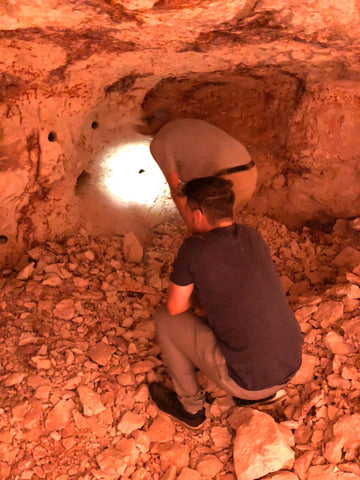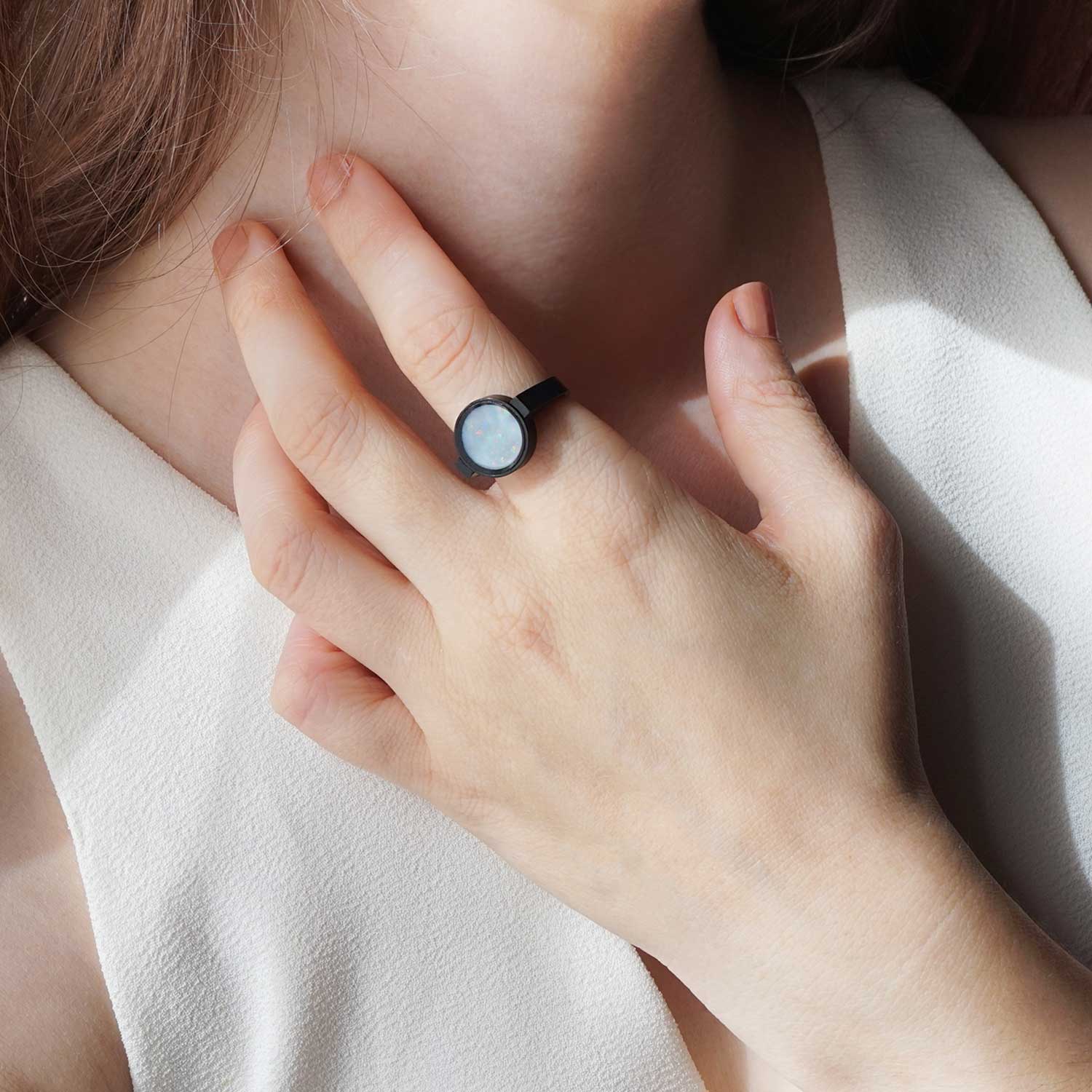Buying expensive jewellery can be a tricky process when you don’t know how to identify the value or authenticity of the stones you’re purchasing.
Fake stones can be difficult to detect for the general public, and you will typically need a lot of experience in the field to be able to tell a real stone from a fake.
As such, it’s good to understand the key terms used in the jewellery industry to gage differences in value and make.
For example, lab-created Opals or cheaper alternatives are commonly known as Doublets and Triplets. Doublets and Triplets do not have the same strict standards compared to solid opals and are considered less valuable, but it is generally sold for the same value as solid opal.

Opal is difficult to value and the evaluation process is even more complicated than diamonds.
This classification system considers the colour, pattern, brightness, shape, inclusion, body tone, origin and whether it is a natural opal versus a treated one.
Treated Opals can sometimes be sold as natural (more valuable), so it's important to be able to tell the difference between the two.
Is My Opal Real Or Fake?
It's essential to consider these key factors when examining an opal for authenticity...
-
Examine the Pattern:
Synthetics typically look ‘too perfect’ in terms of pattern, colour, and direction. A real Opal should have less systematic patterns and more inconsistencies in brightness and colour throughout.
-
Look out for ‘columnar’ or ‘snake-skin’ texture/pattern: Turn the opal on its side and look through it. If you see straight column-like patterns, then the opal is likely synthetic.

Why Australian Opal?
Our Opals are all sourced from Australia, which is universally regarded as the world's hub for opal mining, as well as where the most expensive opals originate. Compared to stones such as diamonds, Opals have much sparser areas of availability (which are mostly in Australia) and are therefore more precious.
Whilst Australian Opal tends to be more expensive, it’s important to note that each one is unique, and is therefore priced differently.


Types of Australian Opal
Black Opal
Extracted from Lightning Ridge (north-west NSW), it is distinguished by its darker body tone and is the most valued of other opals.

White (Milky) Opal
Extracted from the opal fields of Coober Pedy, Mintabie and Andamooka in South Australia. These opals are distinguished by a paler body tone and are less common and therefore less valuable compared to black or boulder opal.

Boulder Opal
Found in Queensland, these opals are distinguished by mixed layers of ironstone inter-woven with the opal environment. These are the most unique and diverse types of Opal.

Stone Hardness & Setting.
Stone hardness refers to how easy or difficult it is to scratch the surface of a stone.
Stone setting refers to how the jeweller has decided to display or embed the stone in a ring, bracelet or necklace.
The Mohs Hardness Scale can help you in understanding hard to softer stones.
Expensive jewellery is an investment of high value, and the stone has to be set accordingly depending on its hardness, in order to maximize the protection of that stone.
For example, rubies, diamonds, and sapphires rank highly on hardness (diamonds being the world's hardest), so they can be set in a more open setting such as bezel.
Therefore, we have developed a unique setting method that provides both the ultimate protection for soft stones, without compromising there visibility.



